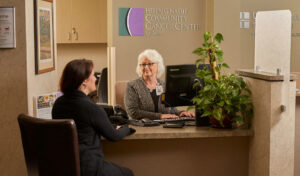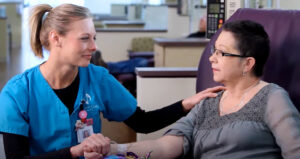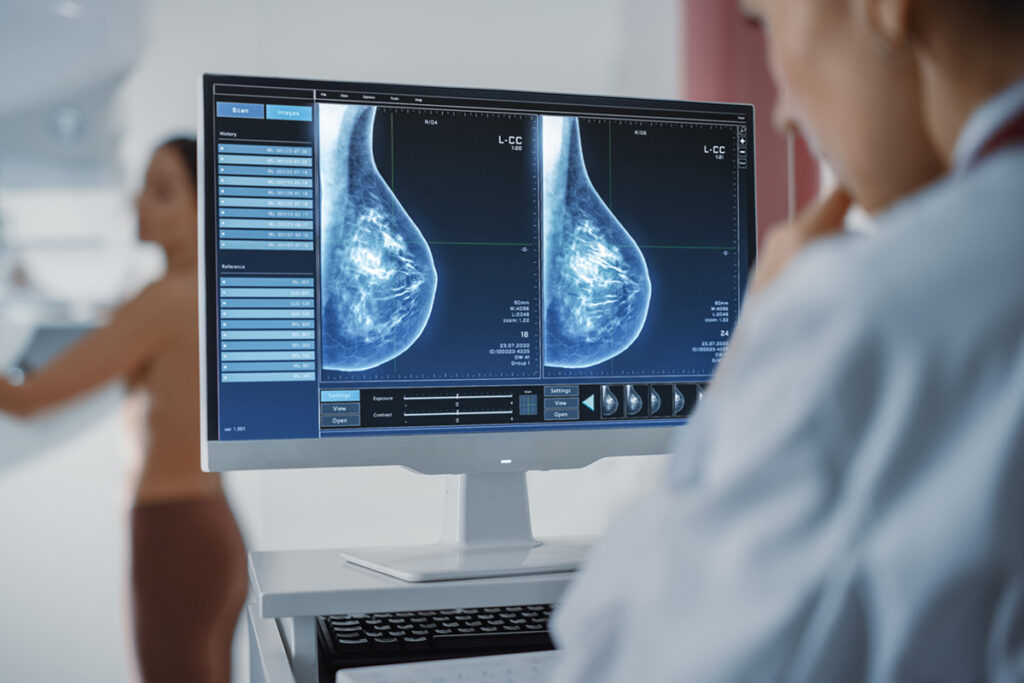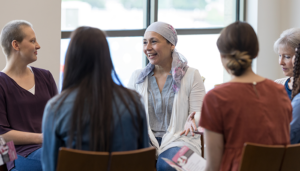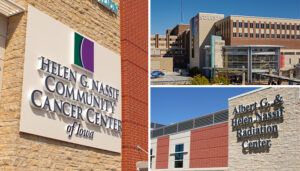Therese Michels, manager of St. Luke’s Breast and Bone Health, discusses mammograms and why it’s so important to get back to regular breast cancer screening.
What is a mammogram and who is eligible?
A mammogram machine takes images of your breasts, which allows a radiologist to evaluate changes in breast tissue. The exam can take 15-20 minutes, and is performed by a certified mammography technologist. Mammograms can detect early signs of breast cancer or other benign changes that can happen over time. Mammography is the best tool to screen for breast cancer, and can detect areas of concern well before they can be felt. Most women 40 and above should receive a yearly mammogram, and women who have a family history of breast cancer usually start screening earlier than 40. All women should consult their provider so they can discuss when to start yearly screening.
Why is it crucial for women to get their mammogram as soon as they are eligible and to continue to get regular screenings?
Early detection is key when looking for any type of cancer or abnormality, as these areas of concern can be more easily treated and more curable in early stages. When breast cancer is detected early, treatment can be shorter with fewer side effects. It is important to keep up yearly screening as early detection can also give you more treatment options. If you continue to have yearly mammograms, the radiologist can detect those subtle changes in your breast, which also promotes the possibility of finding a cancer really early, as the radiologist will compare your images to your prior mammograms.
Have you seen a lot of patients put off their regular screening mammograms due to the pandemic?
Due to the pandemic, screening mammograms had to be shut down for several months in 2020. Since reopening, we have definitely seen a decrease in patients coming in, as well as patients putting off their screenings due to fear of going out in public. In some studies it was found that more than 50 percent of women put off getting their screening mammograms, which can lead to breast cancers not being found until later stages. Cancer doesn’t stop during a pandemic, so this is a concern for what we will see in the future as far as early detection and available treatments. We do provide a safe and clean environment to be able to continue to get yearly mammograms, and will provide the best care possible to make our patients feel comfortable about coming in.
Are you seeing an increase in younger women being diagnosed with breast cancer?
Across the country we are seeing an increase in women with breast cancer under the age of 45, which is a concerning trend. It used to be very unusual to see a younger woman in her 20’s-30’s with a breast cancer diagnosis, but that’s not as unusual today. Though it is being seen, it’s still a smaller percentage of women under 40 years old, compared to women over 40. Researchers do not know why this is, however we encourage younger women to learn how to do self-breast exams at home, and if they do feel a lump or something concerning, to reach out to their provider for further evaluation. We encourage women of any age to know how their breasts normally look and feel. There are many imaging options for women of any age, which are handled on a case-by-case basis. It’s also good to know your family history when it comes to any type of cancer. You can share this information with your provider, so you can both decide when it’s best to start screening, or receive genetic testing.
Hear From Our Experts
Breast Cancer Screening
PODCAST EPISODE: 227
In this episode, Therese Michels, manager of St. Luke’s Breast and Bone Health, returns to the podcast to discuss breast cancer screening recommendations, self-checks, the effect of COVID-19 shutdowns on breast cancer screening and more.
What signs and symptoms should younger women, who may not yet be eligible for screening, watch out for?
The best option for all women is to get to know what your breasts look and feel like normally, that way when there is a change you can detect it rather quickly. This can be done by self-breast exam or standing in front of a mirror to see if there are any changes in shape or size, and to compare both sides for changes. Signs to look out for would be new lumps, unusual nipple discharge, skin changes on the breast, and nipple changes. If you do feel a lump or notice a change, the most important next step would be to contact your provider. It is also important to know that not all changes or lumps are cancerous, as 80 percent of lumps are benign, however it’s very important to get tested early. By being proactive, you can increase your chances of an area being more easily treated, and you will be better informed about your health, which can give you peace of mind as you take control of your overall health and knowing your own body.
How can readers schedule their screening mammogram appointment?
At St. Luke’s Breast and Bone Health we offer three convenient locations. Two in Cedar Rapids and one in Marion. You can call (319) 369-7216 to make an appointment, or you can walk-in between the hours of 9 a.m. – 3 p.m. and ask for a screening mammogram. All you need is a order from your provider, or we can contact your provider and ask for an order. However, if you are experiencing any breast symptoms, please call your provider first before making a screening appointment.
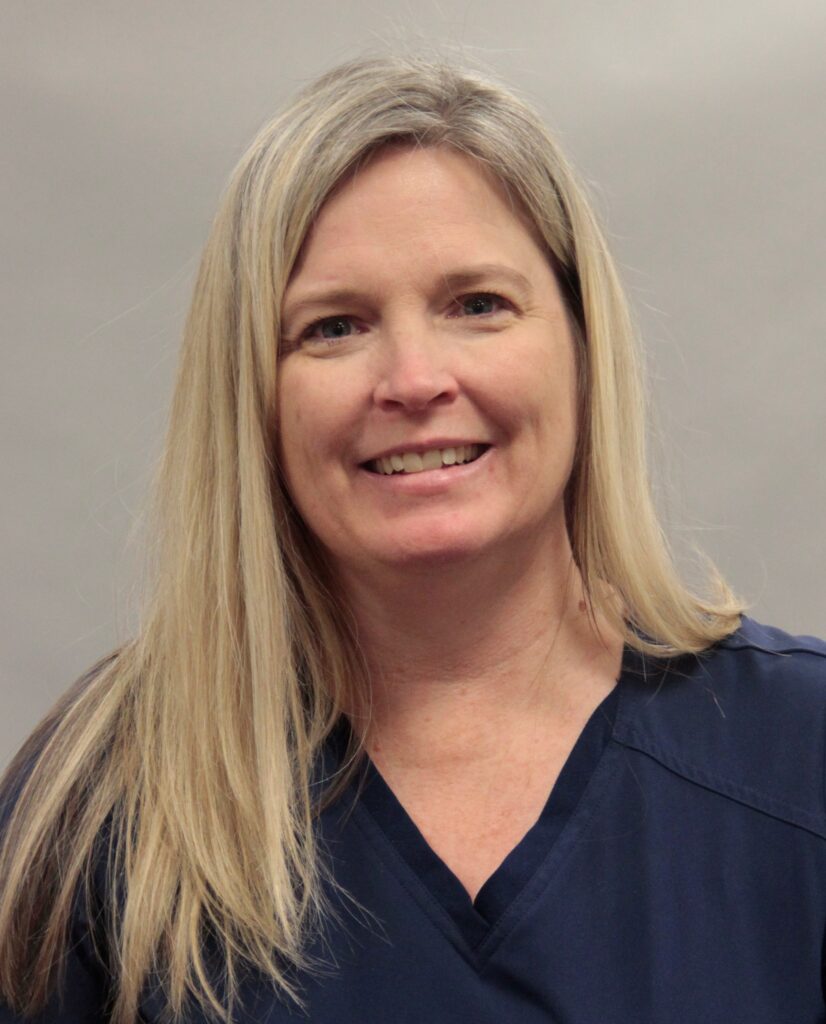
Therese Michels
R.T.(R)(M)(BD)
Therese started at St. Luke’s Breast and Bone Health in 2001 and worked there until 2009. In 2015, she returned to Iowa and the St. Luke’s Breast and Bone Health team.
